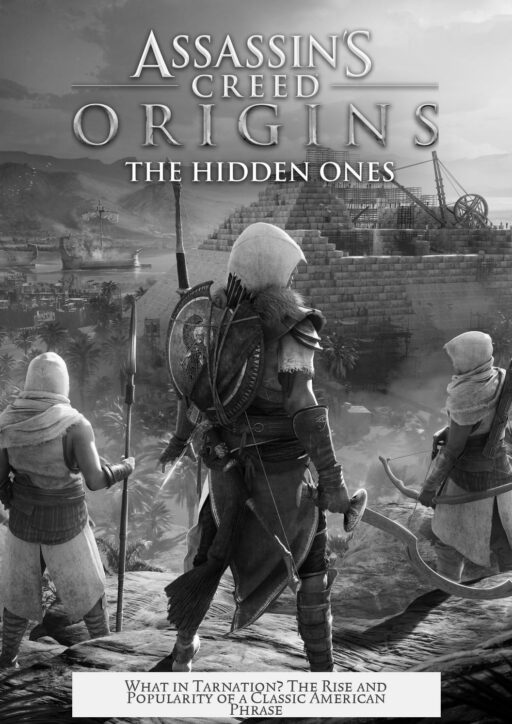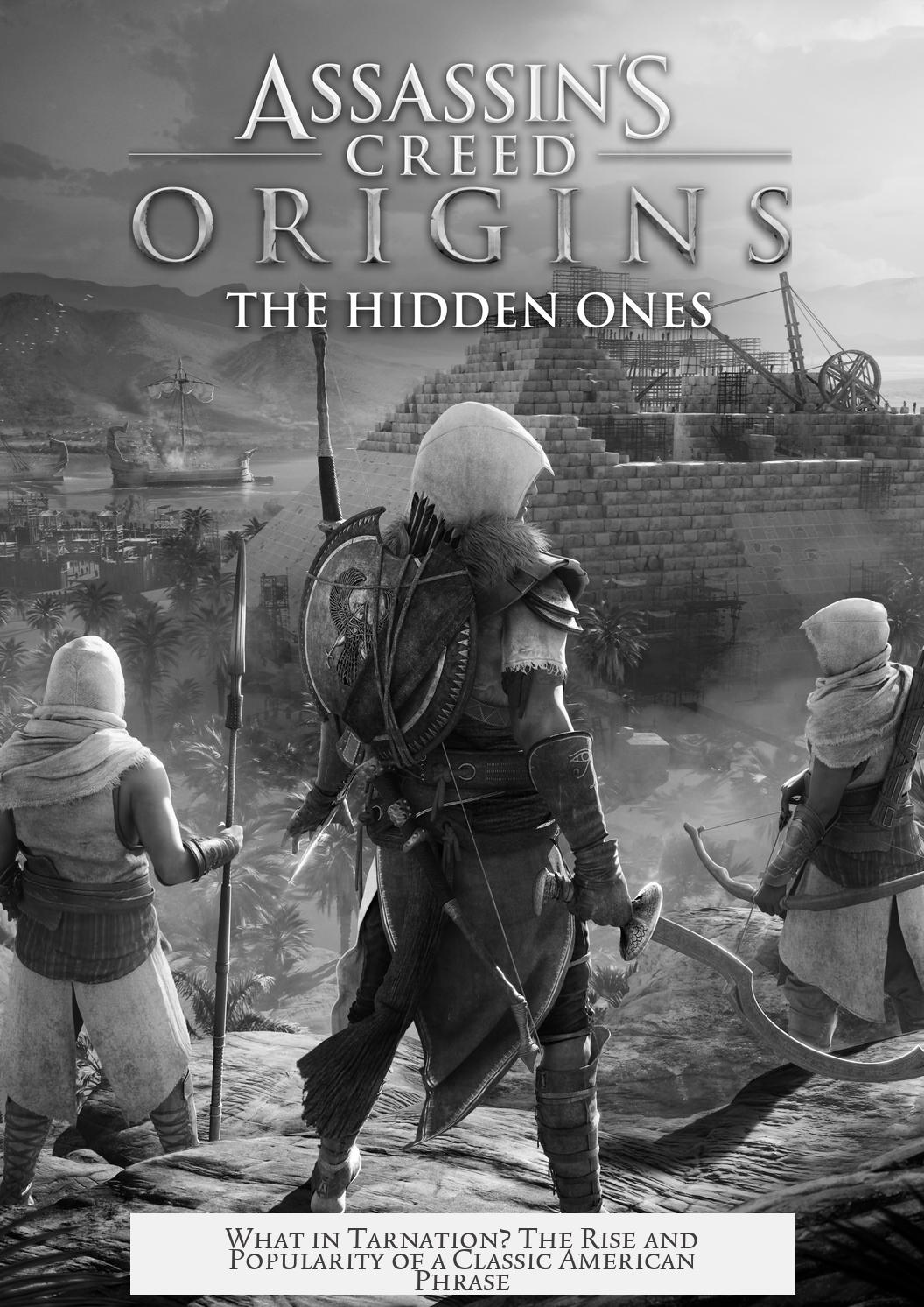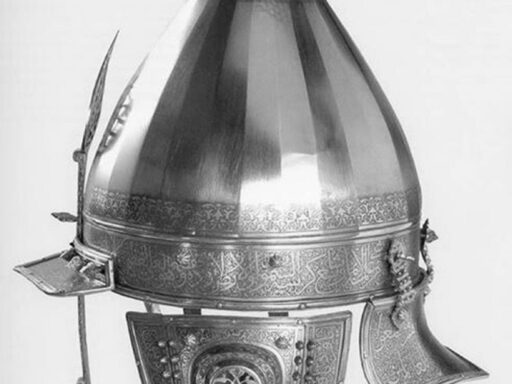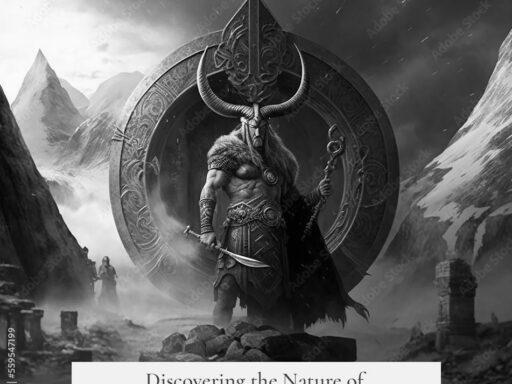Tarnation is a minced oath originating as a euphemistic replacement for the word “damnation.” It lets speakers express surprise, shock, or frustration without using language considered blasphemous or offensive. The phrase “What in tarnation!” became popular in American English in the late 18th century, especially in the 1780s–1790s. Its popularity derives from its role as a culturally acceptable oath that balances expressive force with politeness and its roots in deeply religious speech patterns combined with regional usage in the American South and West.
Tarnation is an example of a euphemism known as a minced oath. Minced oaths replace potentially offensive words with milder alternatives. In this case, “tarnation” stands in for “damnation,” a word carrying strong religious condemnation, which many found too harsh for casual speech. Both the speaker and listener understand the original offensive word, so the emotional intensity remains without risking blasphemy or offense.
Historically, “tarnation” probably evolved from “darnation,” which itself is a softened form of “damnation.” The shift from “darnation” to “tarnation” is likely influenced by the word “tarnal,” a clipped form of the phrase “by the Eternal,” a solemn oath invoking God. This layering of euphemisms combined religious undertones with folk speech, allowing the phrase to sound forceful yet socially acceptable.
The phrase “What in tarnation!” appears in American English from the early 1780s. Some documents record its use in the 1784 Encyclopedia of Swearing. The playwright Royall Tyler used it thrice in his 1790 play Contrast, confirming its presence in late 18th-century vernacular. This period’s American English users found it relevant for everyday expressions of surprise or exasperation.
The phrase gained particular traction in the American South and West. It fit well with the rugged, independent lifestyles of those regions where people desired vivid language that did not offend religious sensibilities. This form of expression embodied a blend of cultural values—expressiveness paired with restraint.
| Aspect | Details |
|---|---|
| Origin of Term | Derived from “darnation” (euphemism for “damnation”), influenced by “tarnal” (short for “by the Eternal”) |
| First Recorded Use | 1780s American English; prominently in 1790 play Contrast by Royall Tyler |
| Meaning | Expresses surprise, shock, or anger with reduced religious offensiveness |
| Regional Popularity | Especially popular in the American South and West |
| Usage Domain | Common in speech, literature, and later media such as movies and TV shows |
The phrase’s popularity also stems from the broad American penchant, especially due to Puritan heritage, for inventing soft oaths that waned blasphemy yet featured expressive energy. It served as a colorful alternative to stronger curses that might alienate religious listeners.
Over time, “What in tarnation!” has transcended its regional roots and entered popular culture broadly. It appears in films, television, and everyday language, often used humorously or nostalgically to evoke a rustic or old-fashioned tone.
In linguistic terms, “tarnation” is interesting because it merges two euphemisms. It softens the harsh “damnation” through “darnation,” then further aligns it with “tarnal,” connecting the phrase to a mild oath containing religious undertone. Such linguistic layering helped the phrase gain and retain currency as an acceptable exclamation.
Famous literary instances underscore this mild oath tradition. For example, Shakespeare’s Othello includes mild invocations of “eternal” to convey annoyance without outright blasphemy, illustrating a longstanding practice of religious softening in oaths.
- Tarnation is a minced oath replacing “damnation” to reduce religious offense.
- The phrase “What in tarnation!” became popular in American English around the 1780s.
- Its popularity arose from serving a linguistic need for strong but polite expressions.
- Influences include “darnation” and “tarnal,” linking it to religious phrases like “by the Eternal.”
- The phrase found favor especially in the American South and West associated with rugged individualism.
- It remains in use today in popular culture and as a nostalgic or humorous exclamation.




